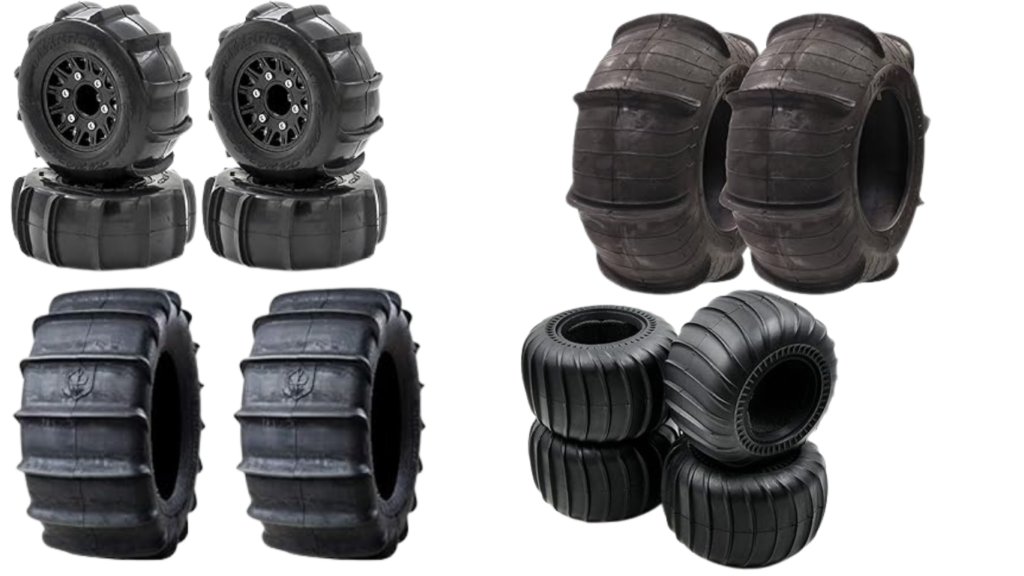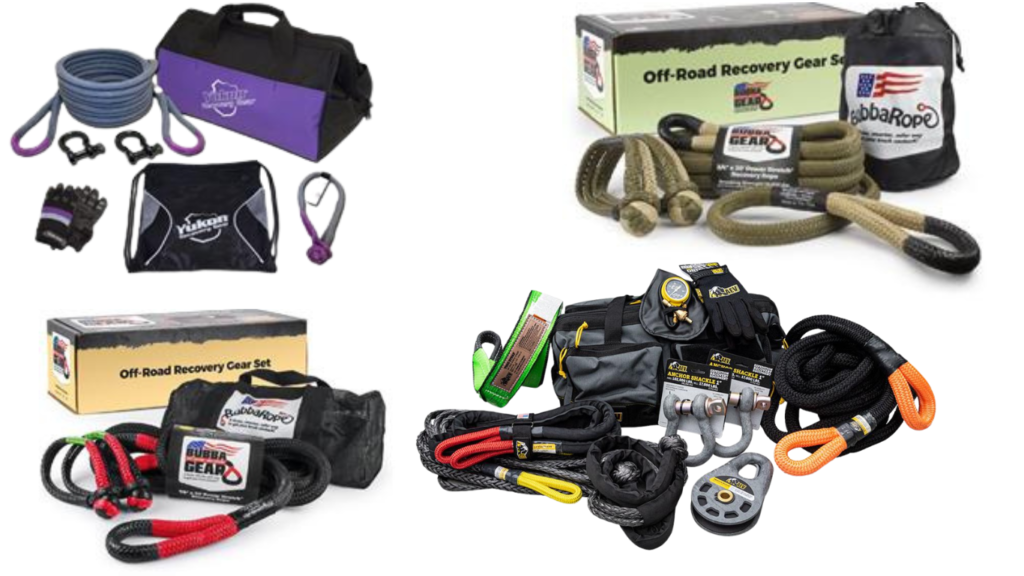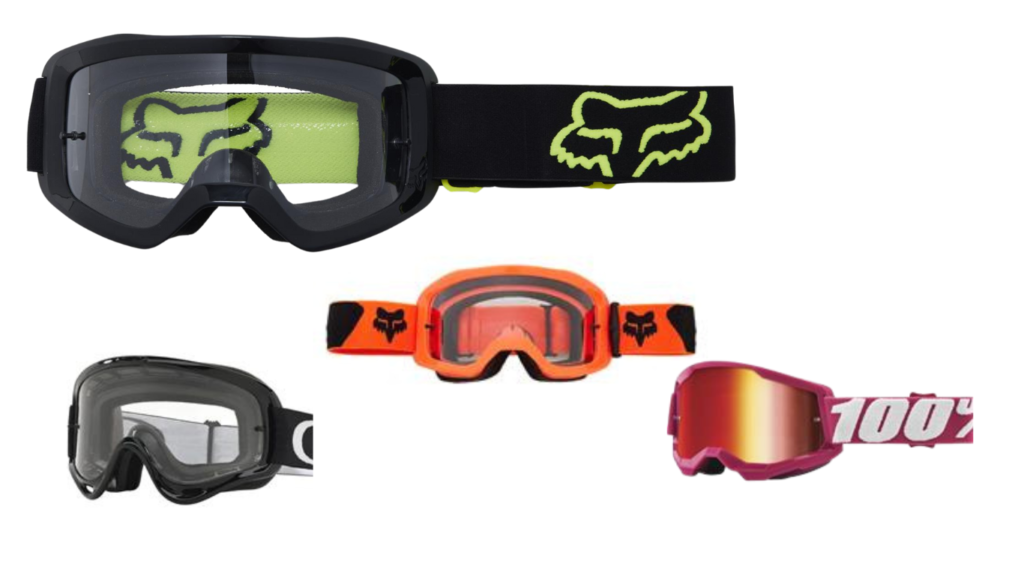Sand dune off-roading is an exciting and thrilling activity that involves driving a vehicle through sandy terrain, maneuvering over sand dunes, and tackling steep inclines and descents. Whether you’re an experienced off-roader or a beginner, sand dune off-roading can be a great way to explore the outdoors and push your limits. However, before you hit the sand dunes, it’s important to make sure that you have the right vehicle, equipment, and safety gear to ensure a safe and enjoyable experience. Do to the fact that sand does blow around, the sand dunes are always changing. With that in mind, the sand dunes can also have high ridges and low valleys, which in turn make it hard to see the other vehicles and people out there. you need to pay close attention to where everyone is.

Choosing the Right Vehicle for the Sand Dune
When it comes to sand dune off-roading, choosing the right vehicle is crucial. You’ll want a vehicle that can handle the sandy terrain, has enough power to climb steep dunes, and is lightweight enough to avoid getting stuck in the sand. There are several types of vehicles that are well-suited for sand dune off-roading, including the ones listed below. Unlike the other types of off-roading, sand dunning requires a more specialized type of vehicle one that can stay on top of the sand so it does not sink and get stuck.
Off-Road Buggies:
Sand Buggies:
Sand Buggies are a small lightweight vehicle that are usuily made of fiberglass of different types of plactices. A lot of Sand Buggies are based on the VW Bug (Beetle) platforme and some are converted VW Bugs. The air cooled VW Bug was impoted into the United States from 1949-1979 and are very populer in the off-road conunity.

Sand Rails:
Known as Sand Rails these vehicles are made of all pipe or tubing they come in a lot of different sizes, from two seaters to four seaters, two wheel drive and four wheel drive. The thing that makes them so good for sand dunes is that they are very lightweight and manuvrable. They have a soft suspension, high hp and special sand tires that allow then to get around easily in the sand.

ATVs and UTVs:
If you’re looking for a more compact and lightweight vehicle, ATVs and UTVs can also be a good option. They are highly maneuverable and they can stay on top of the sand a little easer than some of the bigger buggies or trucks. Some do however lack in hp which does make it a bit harder to get though some of the bigger sand dunes.

4×4 Trucks and SUVs:
4×4 trucks and SUV’s are another choice for sand-dune off-roading. They offer plenty of power and traction, and can be striped down so they are lightweight and can maneuver though the sand. 4×4 trucks with locking differentials and the right tires will have good traction in the sand dunes. On the other hand, they can be a bit bulky and heavier than the other vehicles mentioned in the article, giving them the biggest chance of getting stuck.

Sand Dune Equipment:
After choosing the right vehicle, there is some equipment that you’ll need for sand dune off-roading. Some of the most important equipment is listed below. Sand dunes are probably one of the most dangerous off-road sports, next to rock bouncing. Because of the low visibility of the sand and the high speeds that you have to maintain to stay on the sand, it can turn bad in a second without warning.
Sand Dune Tires:
Sand tires are specially designed tires that are optimized for use in sand. They feature wider treads and a softer rubber compound. They can be aired down to provide better traction and flotation in the sand. The most popular tires are what is called paddle tires. These tires have large cupped paddles that dig into the sand much like boat paddles do in the water. Which in turn gives the vehicle extreme traction in the sand.

Straps and Recovery Gear:
Sand dunes can be unpredictable, and it’s important to be prepared for the possibility of getting stuck. Tow straps and recovery gear, such as a winch and shackles, can help you get unstuck. Some of the best straps for the sand are called kenetic ropes. Kenetic ropes are like big rubber bands. They stretch, so when you are pulling some one out, the kinetic energy is more than you will get out of a regular strap. The best part of using a kenetic rope is that when you run to the end of the rope, there is no sudden jerk like you get from a regular strap. When you are stuck in the sand, you can’t just pull on another rig or you will most likely get stuck as well. What you want to do is yank on them to pop them up onto the sand.

Safety Gear:
When it comes to the sand dune, safety should always be a top priority. There are several types safety gear that you’ll want to have on hand to ensure a safe and enjoyable experience.
Helmet:
Helmets are very important at the sand dunes. Because of the high speeds and unclear visibility, an accident can be very serious. So a helmet should be at the top of the list of personal protective gear.

Eye Protection:
Protecting your eyes is as important as protecting your head. Having a good pair of goggles to put on your helmet is a great way to protect yourself. Not to mention that the sand can get into your view even if your rig has a windshield. Making it hard to see where you are going.

Whips and Lights:
Whips are something that most sand dunes require vehicles to have on them. The purpose of the whip is so other people can see you from over the other side of the dunes. When you are down in the valley and they can’t see your vehicle. They don’t necessarily stop accidents from happening but they do prove a lot of them. Having good light on your rig will not only help you see better but will let others see you better at night as well. You can also get whips that have lights on them to make it easier to see them as well.

Fire Extinguisher:
A fire extinguisher can be a lifesaver in the event of a vehicle fire. Make sure to have a properly rated fire extinguisher on hand and know how to use it. This should be a must in any extreme sport that includes vehicles.

Sand-dune off-roading can be a thrilling and exciting activity. It’s important to approach it with caution and be prepared with the right equipment and safety gear. Choosing the right vehicle, using sand tires, having recovery gear on hand, and wearing a helmet are all important steps to ensure a safe and enjoyable experience. Additionally, being prepared with extra food, water, and emergency supplies can also help you stay safe. With the right preparation and equipment, sand dune off-roading can be a memorable and exciting adventure that you’ll never forget.